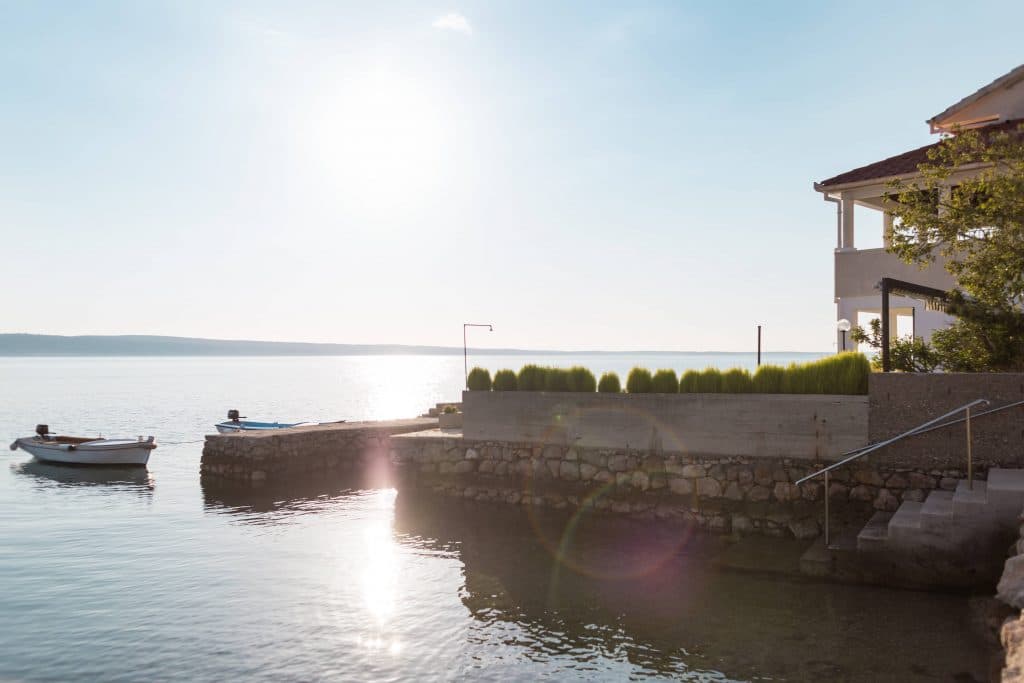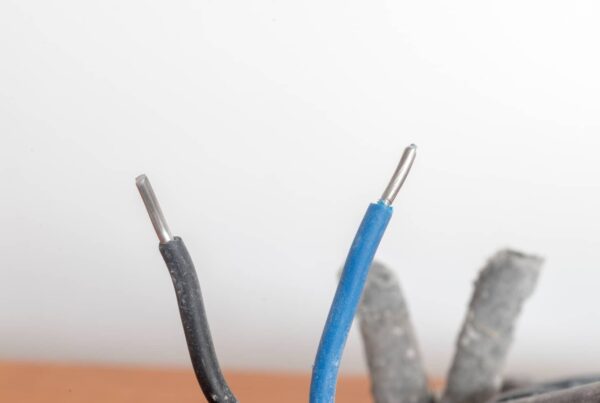
When you are looking for water-front property it is important to know if your land and home are protected. Often we purchase lovely property on the river, lakes, or ocean and do not take into consideration erosion or potential damage that storms and water waves could cause. How does installing a seawall mitigate flood damage? Once your seawall is installed, protection against flooding is immediate.
Let’s take a look below at what a seawall is and how it might protect our waterfront property.
What Is A Seawall
Seawalls are necessary marine construction that ensures the protection of your home against flooding, erosion, and wave damage. They are essential in protecting the land from the body of water. Additionally, these structures are made of concrete, metal sheets, other masonry items that can stand up to strong winds and wave action. Furthermore, they are placed between the land and the water to provide a barrier of protection from the inland property.

Types Of Seawalls
Believe it or not, there are a variety of seawall options. Most people do not realize this when purchasing a waterfront property. In some cases, a seawall is already in place and the questions are never asked in regards to waterfront protection. However, if you don’t have a seawall, installing one to mitigate flood damage is important. Let’s take a look at the options:
Steel Sheet Pile
These are interlocking sheets of steel that are driven into the seafloor and backed by a mixture of dirt and rocks. Additionally, they are used in less intensely hit areas of waves.
Vertical
Typically used in areas of great coastline exposure to the elements. They absorb the wave’s energy and reflect it while protecting the earth behind it. Some damage to the wall can occur due to erosion at the base of the wall.
Stepped Face
These are built to deflect the waves that are not as strong as a typical storm surge. Reinforced concrete sheet piles that have a tongue and groove joint are constructed at the base of the shoreline. Also, the space between the sheets is filled with grout or various geotextile fibers to create a close-fitted sand barrier.
Curved
This is on top of the top seawalls and constructed to dissipate and divert a high sea wave. By repelling the water back to the body of water that it came from, the structure provides support of the materials behind it as well as denying any overtopping water levels from forming.
Rubble Mound
Revetments or ripraps are cost-effective alternatives designed to sustain areas with lesser strength waves. Also, the mound of rubble is sloped away from the shoreline. This creates a sloppy pile of natural materials that quickly break down the energy of the wave and allows it to be less destructive.

Flood Mitigation
The mitigation of flooding simply means, putting something in place to ensure the protection of a built structure from becoming flooded. There are structural and nonstructural ways to mitigate flooding.
- Structural-built up structures such as levees, evacuation routes, and seawalls to prevent damage to property and people.
- Nonstructural-ways to keep people and property from harm’s way. Examples include elevated structures, property buyouts, permanent relocation, zoning, subdivision, and building codes.
How Much Does It Cost
Building a seawall can be a fairly expensive project. However, it can save you a lot of money on your water-front property insurance. So, it would benefit you to investigate this option. The average contractor quote for seawalls is $650 to $2,000 per linear foot. The costs vary based on engineering needs and permit requirements for your area. Quotes can range from $2,000 to $5,000 per job due to the extra fees associated with the project.
Other Recommended Maintenance
While we are on the topic of water protection. Water attracts insects and rodents. Keeping water away from your home is very important to maintaining proper pest control. Keep your landscaping set up properly so that water flows away from your home.
Keeping that in mind, it is important to protect your home against pests regularly. Understanding why you need pest control is vital to ensuring that you are keeping pests from your home. Protecting your health and property requires you to conduct regular pest control at your home.
When Do I Call A Professional
Calling on a professional with regards to building a seawall or the need for a seawall if you have a home near the water is vital to ensuring that your home remains safe. Furthermore, a seawall can keep your coastline property from eroding into the lake or river, or ocean as water can eat away at your yard and infringe on your home fairly quickly.
If you purchase waterfront property, make sure that you consult a professional contractor and home inspection company. These two groups of professionals can offer up the best advice to protecting your yard and making sure your insurance company is happy with the results.
Conclusion
Calling on a home inspection team is a great idea when purchasing a waterfront property. Not only can the home inspection team inspect the home, but they can also conduct a mitigation study with regards to erosion and land sustainability near the water. Honor services are your best bet for seawall inspections in Brevard County, Florida.

